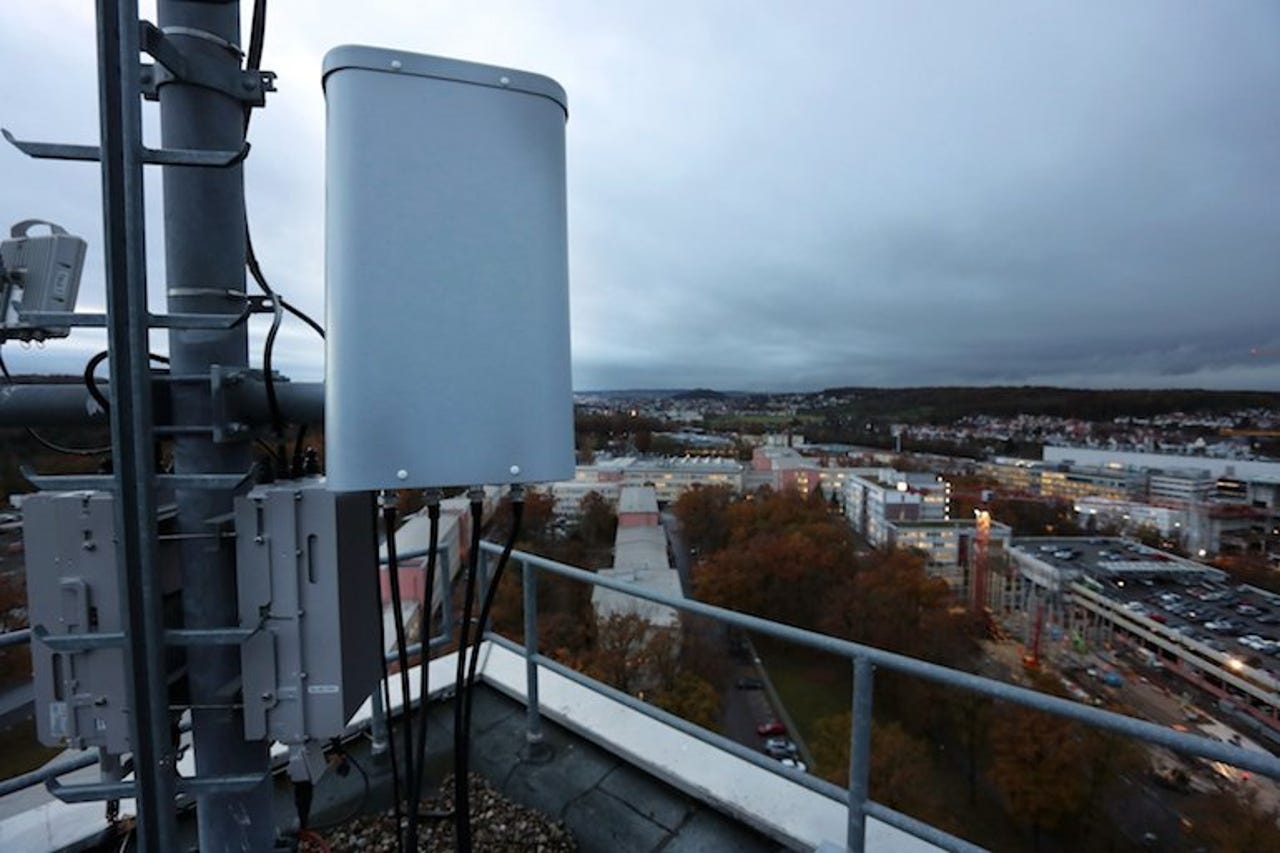4G broadband in the sky: In-flight internet for airline passengers project completes test flights


Deutsche Telekom is providing 300 base stations for the new in-flight broadband network.
A project to build a high-speed internet service for air passengers has reached a key milestone.
Inmarsat, Deutsche Telekom, Nokia and Thales say they have completed a set of test flights over the UK for their European Aviation Network (EAN), which combines satellite and air-to-ground 4G services to create in-flight broadband for airline passengers.
The service combines Inmarsat's S-band geostationary satellites with a 4G ground network made up of about 300 Deutsche Telekom ground towers across the 28 European Union states to provide high-speed broadband in the air.
The flights serve to test the performance of the EAN system, including the onboard equipment from Thales and the ground network provided by Deutsche Telekom and Nokia.
The trials have tested whether the system could successfully attach to the ground system, and featured a broadband video conference with both sides connected via the dedicated EAN LTE mobile network.
In-flight internet access will be a $1bn revenue business by 2020, according to Inmarsat, with half of passenger aircraft offering in-flight broadband by 2022.
The service is designed specifically for high-traffic flight paths and busy airport hubs and will provide 50Gbps of bandwidth, which is said means passengers should get a "reliable high-bandwidth broadband service in the air that matches their expectations on the ground."
Since the project was announced in September 2015, Deutsche Telekom and Nokia have been rolling out the ground component while Inmarsat and Thales have worked on the satellite communication. With the test flight program now under way, the EAN will be introduced in mid-2017, the companies said.
The LTE ground network for EAN differs from 'normal' LTE networks as it needs to work at speeds of up to 1,200km/h (746mph), at cruising altitudes requiring cells with a range of up to 150km (93 miles).